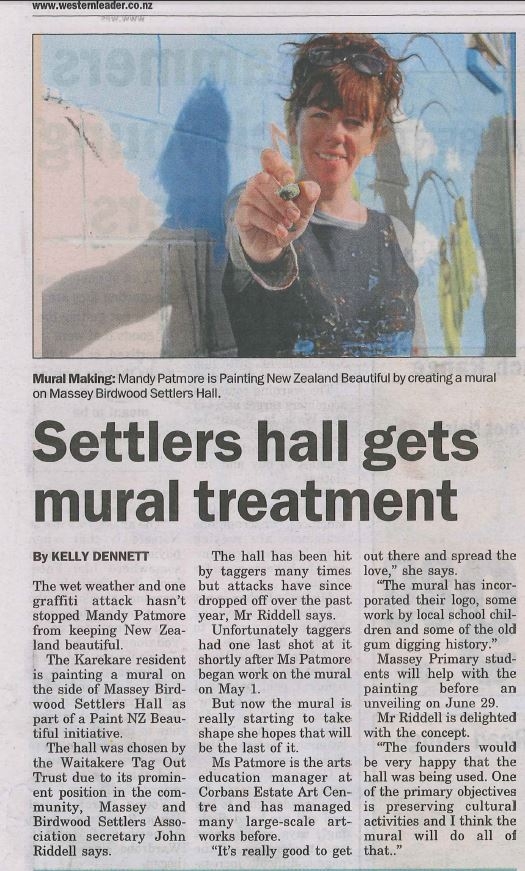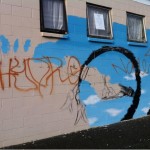As a resident and ratepayer organisation one of our jobs is to keep you update with information that is happening in and around the area that you live in.
You may notice that to the left of this site a link to Auckland Transport.
The Auckland Transport site provides you with detailed information on road works on both interactive maps and lists on the www.aucklandtransport.govt.nz website. These are regularly updated as new information comes to hand from our contractors and other sources and also includes traffic density and other local information. The inquiries can be narrowed down to individual addresses on a map so that as a resident you can personally seek information on the Internet, about conditions on your own street.
Auckland Transport welcomes you to use this information or by accessing the dynamic databases available on the Auckland Transport site when you plan your journey’s around Massey or greater Auckland.
These features can be found at
http://www.aucklandtransport.govt.nz/traffic-roadworks/Pages/default.aspx
http://www.aucklandtransport.govt.nz/traffic-roadworks/CurrentRestrictions/Pages/Road-Works.aspx
http://www.aucklandtransport.govt.nz/traffic-roadworks/CurrentRestrictions/Pages/RoadClosuresEventsInCentralAuckland.aspx
From time to time the Massey Birdwood Settlers website may well feature a story about a particular road works or road closure if we believe such a closure is of great importance to the public and will impact on
our travel for a long period of time.


